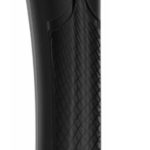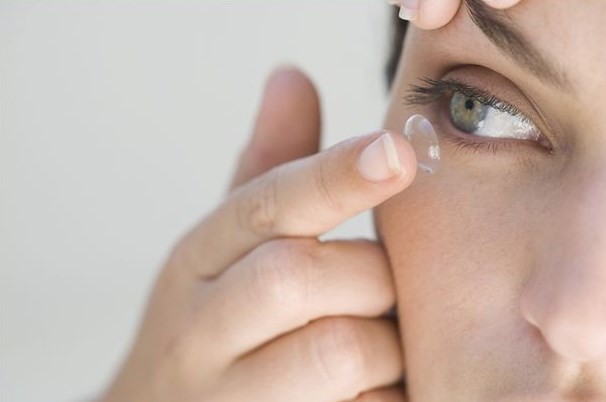Warmth of illumination and psychological comfort
Light certainly affects a person's mood. Physiologists note that psychological comfort depends on the warmth of light. How to choose it for home and office? You will have to act in completely different ways.
The content of the article
Heat and light levels
It's no secret that light can be warm and cold. Warm - yellowish, pleasant, it is very relaxing. It should be used in residential areas, such as the living room or bedroom.

Cold light is white or bluish. He is able to motivate a person to work, helps him get ready. This option would be great for an office, home office, bath, etc.
The degree of illumination can be low or high. The human eye feels comfortable at an average level of illumination. But if you need to concentrate, strain your vision, it should be increased.
How to avoid eye strain
It is best to install good general lighting at home, rather than local lighting. Light bulbs should be distributed evenly throughout the room; the difference in radiation strength negatively affects the eyes, tiring them.

It is also important that the light bulbs are covered with lamps: then the rays will be scattered. However, direct radiation can be directed to the desktop if desired. However, the light should not be overly bright.
Selecting a light bulb category
A person’s general well-being and mood—relaxed or working—directly depend on the category of light chosen.

- Warm - red, yellow, great for apartments and houses.It sets you up for relaxation. A person feels as comfortable as possible in such lighting.
- For the workplace, you can choose intermediate white light.
- Bluish is great for hot climates or for work that requires high concentration.
Of course, all people are individual, as are their perceptions. Warm light may be soothing to some, but irritating to others. But in most cases it acts as a relaxing factor.
Illumination is measured in lux. During the day on the street it is 2000-100000. Other standards apply indoors:
- for everyday work in the office, 300 lux is enough;
- for PC use - 500;
- for negotiations - 500;
- drawings - 750.
As a rule, under-lighting occurs in houses. But sometimes there is overexposure.
Incorrectly chosen light causes fatigue and headaches.
You can understand which lamp you need by looking at the first 3 numbers. The first is the color rendering index 1×10 Ra. The second and third are color temperature. The most common lamps are 640. Their color rendering is 6*10 = 60 Ra. And the temperature is 40 * 100 = 4 thousand K. If the Ra indicator is low, the lamp cannot be used in a residential area.
When the light does not reach 5 thousand K, it is warm, and above it is cold. Most people are comfortable with warm radiation, mainly because everyone is accustomed to incandescent lamps (2200-3000 K). For example, natural light during the day averages 6500 K.
Another interesting point: depending on the illumination, the perception of color can change. If it is small, red is recognized worse, and blue is better.





